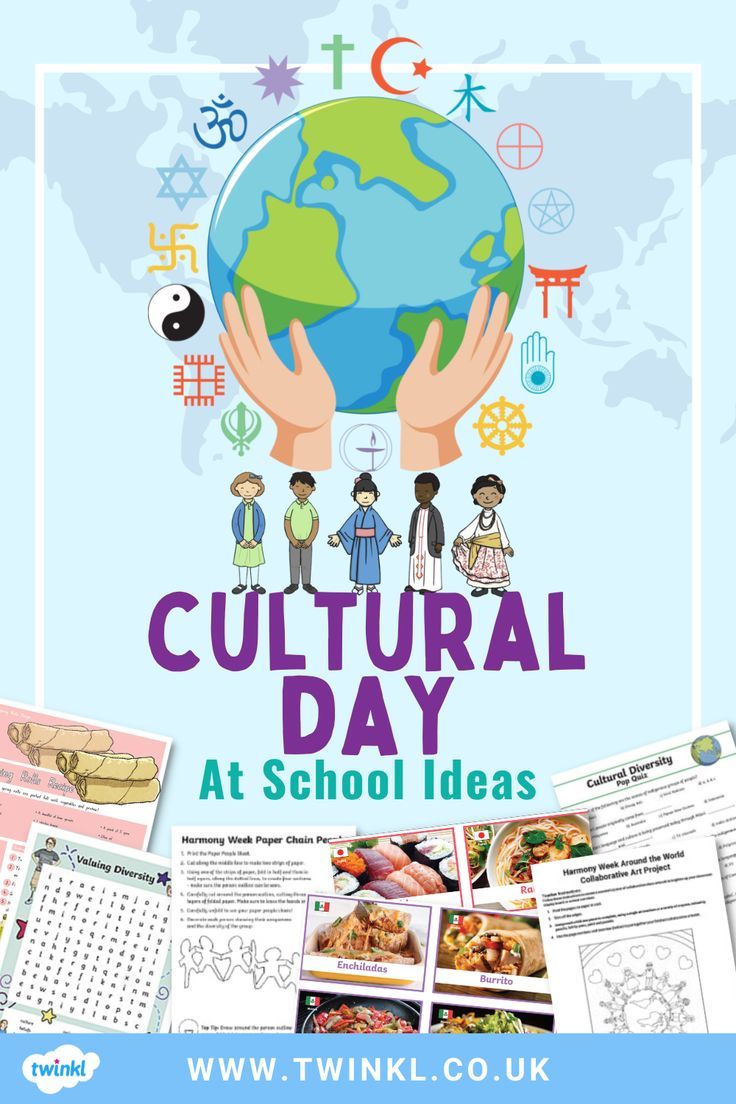Celebrating cultures, whether through festivals or dedicated cultural days, provides a unique opportunity to foster understanding and appreciation among diverse communities. The items selected for a cultural day can serve as catalysts for dialogue, education, and interaction. Here’s an extensive exploration of essential items to consider for a cultural day, promising to shift perspectives and evoke curiosity.
1. Traditional Attire
Clothing serves as a powerful expression of cultural identity. Traditional attire from various cultures can be beautifully displayed through a fashion show or by encouraging attendees to wear their heritage. For instance, a vibrant sari from India, the colorful huipil from Mexico, or the elegant kimono from Japan can captivate onlookers and spark conversations about their meanings. Each fabric, pattern, and style narrates a story, offering insights into history, social status, and traditions.
2. Culinary Delights
Food is a universal connector, and nothing piques curiosity like sampling dishes from around the world. Incorporating a variety of foods from different cultures allows attendees to engage their palates in a gastronomic tour. Items like Italian pasta, Indian curry, Japanese sushi, and Moroccan tagine are not merely meals; they embody age-old recipes and cultural practices. Consider organizing a food tasting station complete with information about the origin and significance of each dish to foster a deeper understanding.
3. Artifacts and Crafts
Displaying traditional artifacts and handicrafts can serve as an enlightening exhibition. Art pieces, masks, pots, and handmade crafts reflect the skills and aesthetics of their cultures. Artists and craftspeople can be invited to demonstrate their techniques live. Engage attendees in workshops where they create simple crafts, allowing them to experience an art form that they might have never encountered before.
4. Cultural Performances
Performance arts—be it music, dance, or theater—can evoke a spectrum of emotions and convey extensive cultural narratives. Incorporate diverse performances into the cultural day agenda. From an African drumming ensemble to a traditional Irish dance troupe, or even a multicultural choir, these acts will enthrall audiences and unveil the richness and vibrancy of different heritages. Attendees can also be encouraged to participate in simple dance workshops, promoting active engagement and shared joy.
5. Educational Materials
To ensure that cultural day fosters understanding rather than mere entertainment, the inclusion of educational resources is imperative. Curate pamphlets, brochures, and visual displays that delve into the history, social norms, and values of the different cultures represented. Engaging presentations or discussions led by cultural ambassadors can further illuminate misconceptions and enhance knowledge.
6. Language and Dialect Stations
Language serves as the cornerstone of identity and culture. Setting up language stations where attendees can learn basic phrases or greetings from various languages can be an engaging experience. Consider incorporating popular proverbs or idioms and explaining their meanings and cultural contexts. This not only encourages curiosity but also promotes respect for linguistic diversity.
7. Interactive Exhibits
Interactive exhibits can enhance experiential learning during cultural day. Incorporate virtual reality experiences that transport attendees to different countries, allowing them to explore landmarks and traditions firsthand. Augment this experience with trivia games or quizzes that challenge participants’ knowledge of the showcased cultures. This interactive approach fosters a stimulating environment, piquing curiosity and inviting exploration.
8. Inclusivity Initiatives
Inclusion serves as a vital component of cultural day. Ensuring that people from all walks of life feel represented and valued can amplify the impact of the event. Providing multilingual resources or Braille materials can make the day accessible to a broader audience. Encourage community members to share their own cultural experiences, stories, and artifacts, creating a more holistic representation of diversity.
9. Environmental Considerations
As we celebrate culture, it is imperative to remain conscious of environmental sustainability. Items for cultural day can be chosen with eco-friendliness in mind. Encourage the use of biodegradable dishes, eco-friendly decorations, and sustainable materials for crafts. Moreover, this is an opportunity to educate attendees about how various cultures perceive and interact with nature, underscoring our collective responsibility in preserving the environment.
10. Reflection and Dialogue Zones
Creating spaces for reflection and dialogue encourages deeper engagement. Set up quiet areas with guided questions to prompt discussions about race, identity, and culture. Attendees can be invited to share insights, thoughts, and feelings about what they’ve learned. These discussions can lead to newfound understanding and connections, fostering empathy across diverse audience members.
By thoughtfully curating items for a cultural day, we can spark curiosity and facilitate shifts in perspective, breaking down barriers that often divide us. From showcasing traditional attire to engaging in culinary delights and interactive exhibits, the potential to educate and inspire is boundless. By recognizing and celebrating our differences, we can cultivate an environment that embraces diversity, enhances understanding, and promotes respect. Cultural day stands as a reminder that while our backgrounds might differ, the threads of humanity weave us together in an intricate tapestry of shared experiences and stories.
